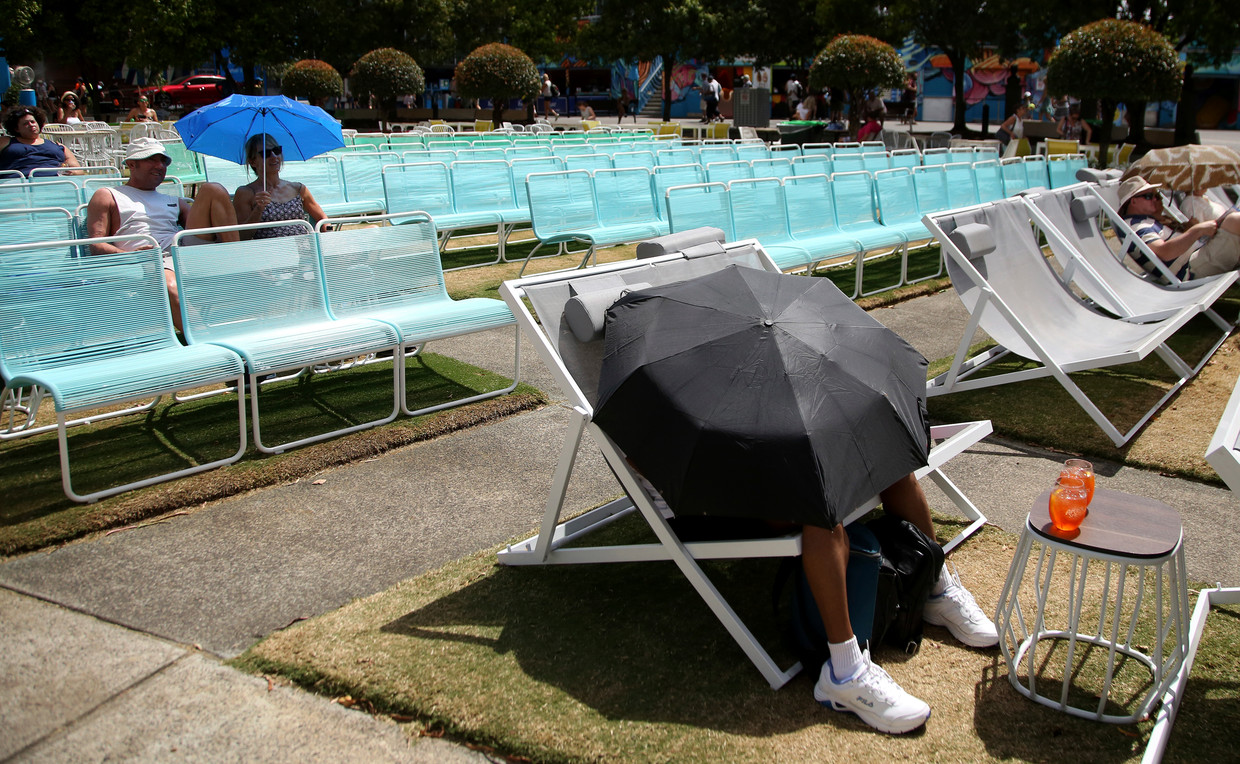
Actually something between coincidence and mechanism. Global warming has increased the risk of heatwaves and drought in Australia: of the country's 10 hottest years, eight have occurred within the past 13 years, according to the Australian Meteorological Service. It happened again this year: On Thursday, the temperature in the South Australian city of Adelaide reached a record high of 47.7 degrees Celsius. In the Southwest, the temperature did not drop below 36 degrees at night, according to the National Weather Service, the warmest January night temperature ever recorded.

The fact that one hemisphere is now 80 degrees colder has nothing to do with each other: the extremes occur in the other hemispheres, and for that reason alone they are meteorologically separated from each other. In the United States, the cold, with temperatures falling to minus 40 degrees Celsius on Thursday, is being caused by a stray jet stream from the Arctic, pulling the deep Arctic freeze into America. It was very cold, but not a record: in 1996 it was 48 degrees below zero in Wisconsin.
You have to look for it a bit, but the impact of climate change is evident here too, notes KNMI. Cold snaps like the one that occurred this week in Wisconsin and around Chicago are five times less common these days: once every 100 years, instead of once every 20 years. A fact that researchers at KNMI, Geert Jan van Oldenburg and Michel van Weele, extracted from a statistical analysis of winter extremes across the United States: “Almost every year there is a severe cold snap somewhere in the United States, simply because the country is so large. Therefore, there can be a cold snap in many different places.


City buses for the homeless
Human suffering is no less. In the United States, 2,000 flights were canceled on Thursday alone, schools remained closed and city buses were used as free heating spaces for the homeless. Meanwhile, in Australia, asphalt has melted, rivers have dried up, and snake control officers have had to venture out frequently to catch snakes seeking to cool off in showers, toilets and swimming pools. In Australia, the heat is caused by a persistent high-pressure area near New Zealand, which prevents cold air from reaching the continent.
However, the weather is expected to become more normal in both the US and Australia next weekend: the temperature in the US will rise towards freezing, while in Adelaide it will drop to around 30 degrees. In the Netherlands, it is difficult to find any cold or heat wave: the weather hovers around 5 degrees, with occasional rain or wintry downpours, and varying shades of gray clouds.





